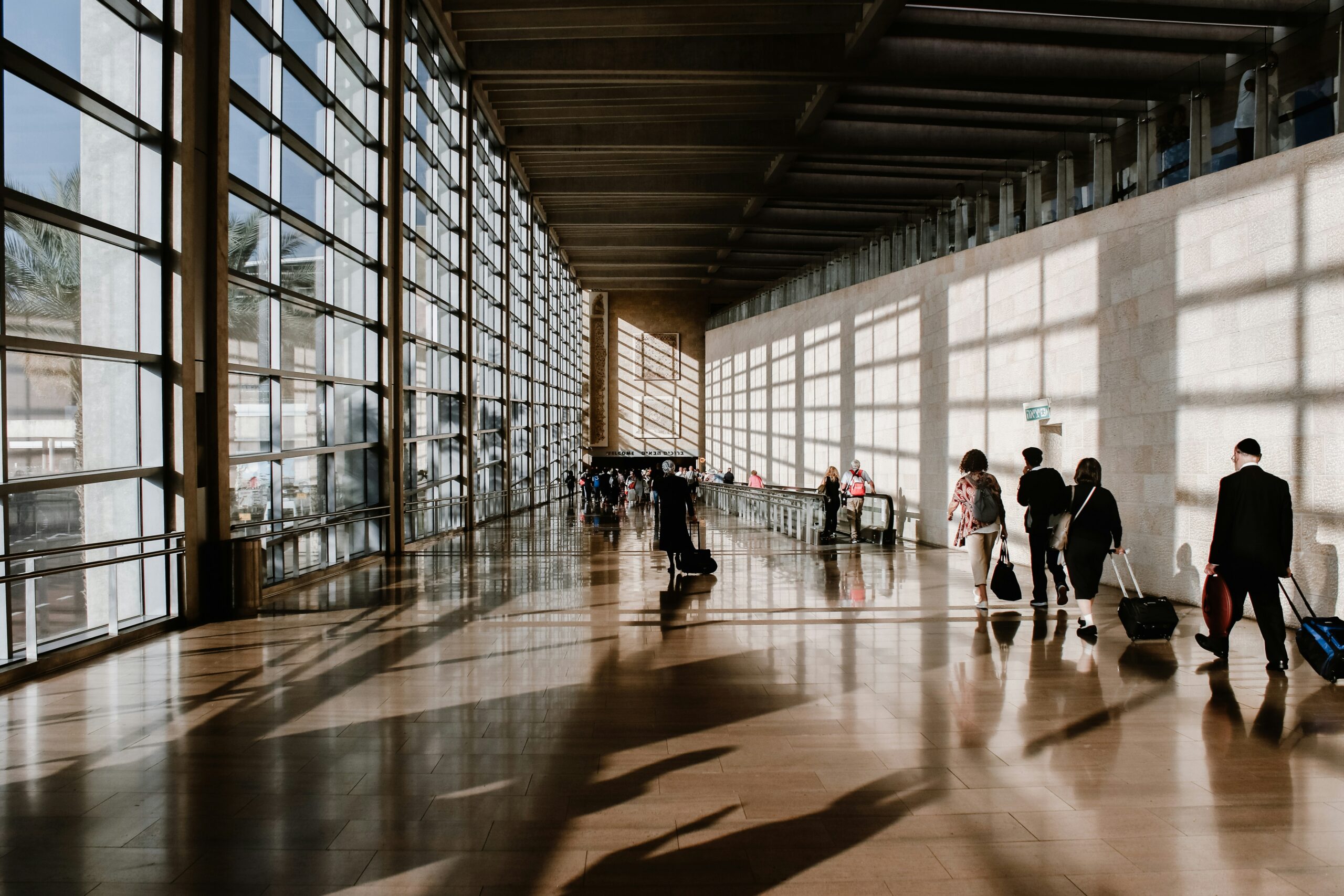You thought 20,000 search transactions for one ticket sold was bad—what if I told you it will soon hit 200,000:1?
The journey of flight search
technology has been marked by a continuous growth in transactions, driven by organic growth of traffic and functional innovation. What began as manual
reservation tools has evolved through complex systems to today’s sophisticated
digital ecosystem, with generative artificial intelligence (AI) poised to drive
the next step change.
What we have observed through the various phases of evolution of flight search technology over the past 20 years is a clear exponential trend of transactions hitting the airline systems. Guess what? This is not going to change. I would even argue that we are at the start of a new phase of traffic ramp-up, and there are a few key reasons why.
Subscribe to our newsletter below
A bit of history: OTAs and metasearch
Until 2000, proto-online travel
agencies (OTAs) used the same pricing tools as traditional travel agents.
The 2000s then saw the
development of OTA-specific technology such as Amadeus Master Pricer, Sabre
Bargain Finder and ITA Query Pricing eXecution (QPX). These solutions were
initially designed to deliver the performance expected by consumers while
protecting airline inventory systems from online traffic growth.
Since then, flight search traffic has grown exponentially. Over my 20 years at Amadeus working on the topic, the baseline scenario was that search transactions double every couple of years. This trend was consistent across several phases of evolution over the years, namely:
- Organic growth: Travel
industry growth typically follows gross domestic product (GDP) growth, so you
would expect user searches to steadily increase year over year. The
introduction of mobile technology in the 2010s did give a boost to search
transactions since users no longer had to be in front of their computer to shop
for flights. It is commonly accepted that a user will visit several websites
and apps during their trip planning process. Let’s settle for a baseline look-to-book
(L2B) ratio of 20:1, i.e., on average, a user will trigger 20 searches before
they purchase one ticket. Metasearch channels: It’s
human nature to compare several vendors before purchasing a product, which is
why metasearches are driving a significant share of search transactions. The
role of a metasearch is to connect as many partners as possible, resulting in a
de-multiplication factor transforming a single user query into 100 individual
requests to travel partners: airlines, travel agencies and sometimes even other
metasearches. Mathematically, this process pushes the L2B ratio to 2,000:1.- OTA innovation: Several
articles have been published recently regarding OTA business models. The fact
is that all innovative OTAs strive to deliver a differentiated product for
their customers, leading to creative and often transaction-intensive practices:
multi-market sourcing, calendar searches, virtual interline shopping, dynamic
packages. These advanced use cases require complex supply exploration logic and
cache refresh mechanisms that typically result in at least 10 additional
queries to each flight inventory source for a given incoming search. We are now
at a 20,000:1 L2B.
This is pretty much where we
stand today and what most airline retailing systems had to deal with in 2024,
and it was totally predictable.
Search traffic is about to explode again
We now stand at the
threshold of the next major disruption: generative AI operators.
Until now, search traffic was
limited by the simple fact that a human had to be triggering the initial search
to plan their next trip.
Soon, instead of users performing 10 searches on a
given day to plan their next vacations, they will delegate the task to their AI
assistant. AI operators trained on how to use popular travel sites will
continuously scan metasearch platforms for deals, potentially executing 100+ daily searches per user—or will it be 1,000+? This could push the look-to-book ratio beyond 200,000:1, as early as this year.
The challenge is compounded by
AI operators’ 24/7 operation. Unlike human users whose search patterns follow
time zones, AI assistants will search continuously, eliminating the natural
traffic peaks and valleys that current systems are designed to handle. This
means airline information technology (IT) systems will need to be dimensioned
to absorb their total daily traffic as a baseline—and this is going to be
expensive.
Some might challenge these
numbers, but it is hard to dispute the order of magnitude of the step change
coming up. To address these challenges, the travel industry must move
beyond traditional application programming interface (API) polling
architectures. It is the only way to absorb the inevitable exponential traffic
growth coming up soon, and it will enable flight search technology to finally
step into the age of generative AI.
Without this evolution, even if
airline IT systems were to have the technical infinite scalability that they
claim to have, there is a clear risk that the incremental margin promised by
dynamic pricing will go straight into the pockets of the cloud providers.
Not
only will cloud computing bills continue to increase but so will our carbon
footprint from unnecessary processing all these search transactions. This is
not good for our industry and not good for our planet either.
About the author…








